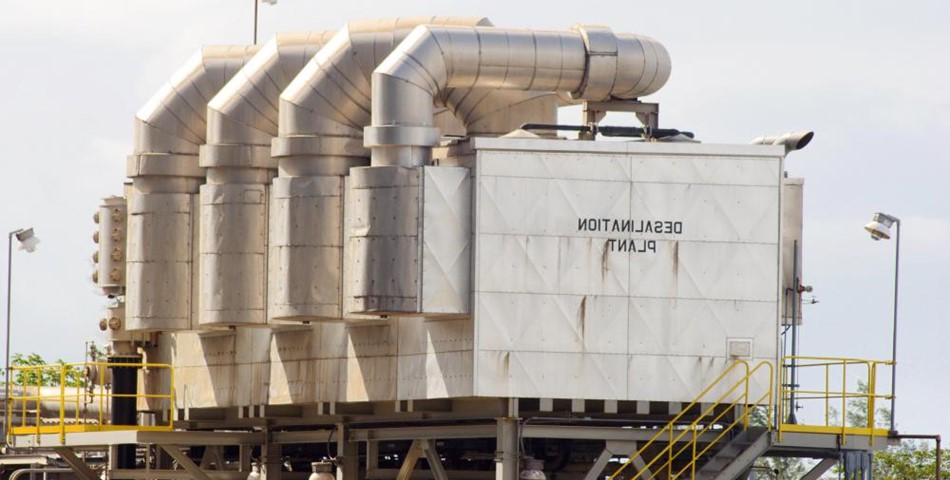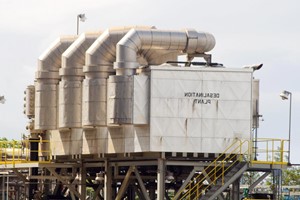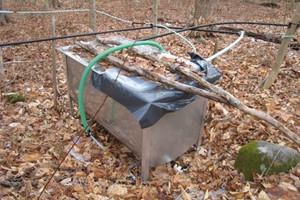Water desalination is the process of removing minerals from seawater or brackish water. It works by removing the salt from the water, leaving clean water behind. There are several kinds of water desalination processes, including reverse osmosis, thermal distillation, and electrodialysis.
Reverse osmosis pushes the water through a membrane while trapping salt and unwanted minerals. It is said to remove 95-99% of unwanted materials. Before the process, water is pretreated and sent through microfilters in order to remove larger particles and help protect the membrane. Water is then pushed through the membranes that trap salt or minerals so that the fresh water is produced.
Thermal distillation uses heat to remove minerals. Bringing salt water to a boil causes the water to vaporize while leaving the salt behind. The vapor is then condensed in a second container and collected. The process of boiling the water can use up a lot of fuel, so in order to keep costs down, other processes can be used. These processes are called multistage flash distillation, multiple effect distillation, and vapor compression distillation. All have to do with reducing the water's vapor pressure in order to reduce its boiling point, so that less energy can be used.
Electrodialysis uses the salt ions’ electrical charge in order to separate them from the water. In this process, the water is pre-treated and then sent to a membrane stack. Two electrodes, a positive electrode placed on one side of the stack and a negative one on the other, run an electrical current through the water. The ions are attracted to the oppositely charged electrodes and flow through membranes that are designed to trap either anions, which are negatively charged ions, or cations, which are positively charged ions. Once the ions are trapped, fresh water is left behind.
Other types of desalination processes include solar humidification, membrane distillation, and freezing. Freezing takes advantage of the fact that salt is not included in the formation of ice crystals when water freezes, so this mineral can be washed off when the water is almost frozen. Solar humidification uses the sun's energy to vaporize the water. The water is then allowed to condense on another surface, where it is collected.
In membrane distillation, water is first vaporized. It is then sent through membranes that allow vapor but not liquid to pass through. Salt and other substances are caught in the membrane and trapped there, and the water vapor is condensed on a surface on the other side. Once a liquid, the fresh water cannot pass back through the membrane and is free to be collected.












